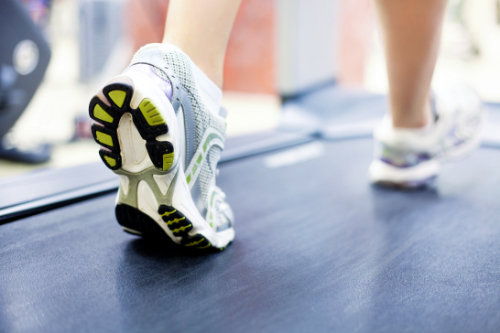Walking vs Running: Which is Better for Low Back Pain Sufferers?
If you are one of the seven out of 10 Americans who has back pain, you are probably looking for relief. What you probably aren’t looking for are injections or pills with harmful side effects. Your doctor may have told you that exercise is a great way to naturally relieve pain, but you aren’t sure where to start or even what exercise is best.
Running and walking are both good exercises, but they aren’t for everyone. Some back pain patients can run with no problem with others have significant trouble. So, which is better for back pain sufferers? The answer might surprise you.
Benefits of running
When it comes to health benefits, running and walking don’t differ much. Both help to decrease your risk of developing heart disease, diabetes, and hypertension as well as decrease your cholesterol.
Running also has the added benefit of increasing the bone that connects the femur head to the shaft, essentially strengthening the hips and helping to prevent hip fractures. Both running and walking burn calories, facilitate weight loss, and can help to make you healthier. However, one activity is a lot harder on the back so if you have chronic back pain there are some things you should know.
How running affects the back
Running puts repetitive impact and stress on the back. If you have a problem with your lower back, running can exacerbate it or lead to additional issues like sciatica.
You can experience back muscle spasms, muscular strain, and other centralized lower back pain. If you have disc problems the high impact nature of running can make put a lot of stress on your spine and make your disc problems worse.
How walking benefits back pain sufferers
Walking is a much lower impact activity than running. Although some back problems can be made worse by walking, that is fairly rare.
Most back pain is relieved with walking and you can enjoy other great benefits as well. By adopting a regular walking routine you will strengthen your hips, legs, ankles, and feet as well as your core.
This helps to provide better stability for your spine. It also helps to increase circulation in the spinal structures, draining toxins, and pumping nutrients into the surrounding soft tissues.
Pain often restricts mobility. Walking helps to improve range of motion and flexibility. You will find that your posture improves as well as your mood. A stronger body and increased flexibility help to prevent injury.
Walking at least three times a week for at least 15 minutes is great for overall wellness and a strong body. Combine it with a healthy diet and stress relief techniques and you will look, feel, and move better – and your pain will be easier to manage.
Make walking work
When you start your walking program, don’t push too hard too fast. Go at your own pace and start slow. If you have a higher fitness level you may want to try speed walking. After a five-minute warm up, walk as fast as you can for about 8 minutes then slow to a moderate pace for two minutes to cool down.
You can also engage your core muscles by using several techniques. Walk on an incline or using walking poles are excellent for strengthening the core. Pulling your abdominals in toward your spine while you walk is also a great move.
Running is good for your health, but it isn’t for everyone. Walking is a far better choice for most patients with lower back pain. You may even find that your pain is alleviated altogether so get out there and get moving.


